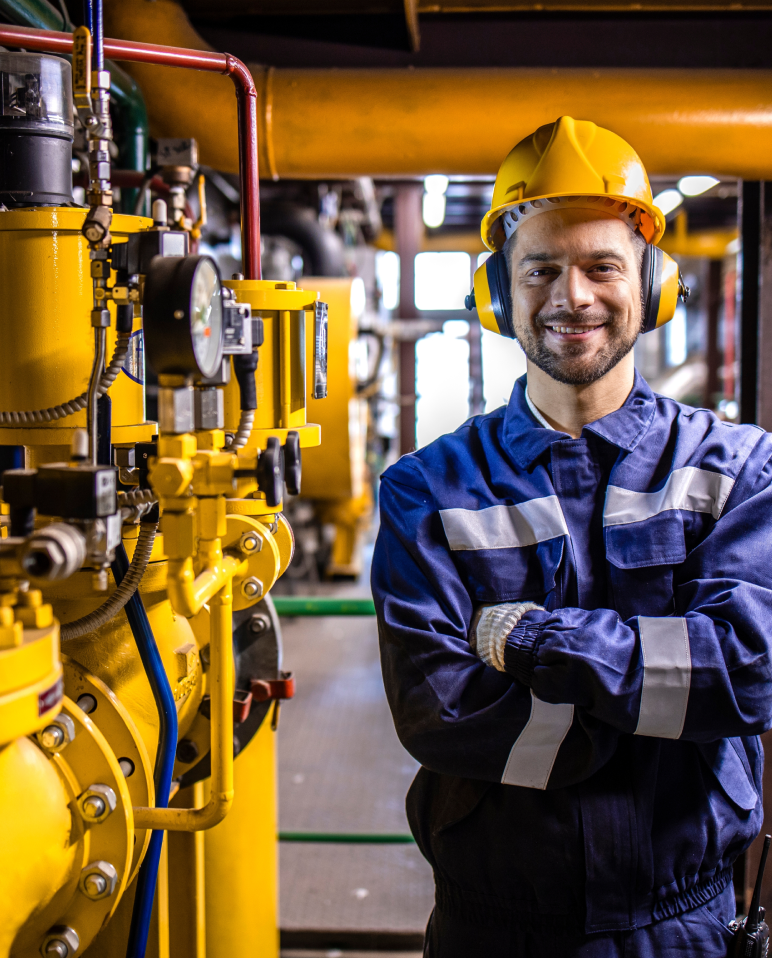What Does Roar Solutions Do?
What Does Roar Solutions Do?
Blog Article
The 30-Second Trick For Roar Solutions
Table of ContentsRoar Solutions - QuestionsTop Guidelines Of Roar SolutionsNot known Facts About Roar Solutions
In order to protect installments from a prospective explosion an approach of analysing and identifying a possibly harmful area is called for. The function of this is to guarantee the right selection and installment of equipment to inevitably avoid a surge and to make certain safety and security of life.
(https://www.giantbomb.com/profile/roarsolutions/)
No tools needs to be mounted where the surface area temperature of the equipment is more than the ignition temperature level of the offered threat. Below are some usual dirt hazardous and their minimum ignition temperature. Coal Dirt 380C 225C Polythene 420C (thaws) Methyl Cellulose 420C 320C Starch 460C 435C Flour 490C 340C Sugar 490C 460C Grain Dirt 510C 300C Phenolic Material 530C > 450C Aluminium 590C > 450C PVC 700C > 450C Residue 810C 570C The probability of the danger existing in a concentration high sufficient to create an ignition will certainly vary from place to area.
In order to identify this threat an installment is separated right into areas of threat relying on the amount of time the dangerous is present. These locations are described as Zones. For gases and vapours and dusts and fibers there are 3 zones. Zone 0 Area 20 An unsafe ambience is extremely likely to be present and might exist for lengthy periods of time (> 1000 hours each year) or also constantly Area 1 Area 21 A harmful environment is feasible however unlikely to be existing for long periods of time (> 10 450 C [842 F] A category of T6 implies the minimum ignition temperature level is > 85 C [185 F] Hazardous location electrical tools perhaps made for use in higher ambient temperature levels. This would showed on the rating plate e.g. EExe II C T3 Ta + 60C( This suggests at 60C ambient T3 will not be exceeded) T1 T1, T2, T3, T4, T5, T6 T2 T2, T3, T4, T5, T6 T3 T3, T4, T5, T6 T4 T4, T5, T6 T5 T5, T6 T6 T6 A T Class ranking of T1 indicates the maximum surface temperature level produced by the instrument at 40 C is 450 C. Thinking the associated T Course and Temperature ranking for the devices are appropriate for the location, you can always utilize an instrument with a much more stringent Department rating than needed for the area. There isn't a clear response to this question. It really does rely on the type of devices and what fixings need to be executed. Equipment with details test treatments that can't be performed in the area in order to achieve/maintain 3rd party score. Should return to the manufacturing facility if it is prior to the equipment's service. Area Repair Service By Authorised Employee: Challenging screening may not have a peek at this site be called for nevertheless details procedures might require to be complied with in order for the equipment to keep its 3rd party score. Authorised employees have to be employed to perform the work properly Repair service have to be a like for like replacement. New component must be thought about as a straight replacement needing no unique screening of the tools after the repair service is full. Each tool with a dangerous score must be reviewed individually. These are outlined at a high level below, but also for more comprehensive information, please refer straight to the standards.
Unknown Facts About Roar Solutions
The equipment register is a comprehensive data source of devices records that includes a minimum collection of areas to determine each item's location, technological specifications, Ex category, age, and ecological data. The proportion of In-depth to Close evaluations will certainly be identified by the Equipment Risk, which is examined based on ignition danger (the possibility of a source of ignition versus the likelihood of a flammable atmosphere )and the unsafe area category
( Zone 0Area 1, or 2). Executing a durable Risk-Based Examination( RBI )approach is important for guaranteeing compliance and security in taking care of Electric Equipment in Hazardous Areas( EEHA).
The Of Roar Solutions

In regards to eruptive risk, a harmful area is an environment in which an explosive atmosphere exists (or might be anticipated to be present) in quantities that call for unique safety measures for the construction, installment and use equipment. Roar Solutions. In this write-up we check out the challenges encountered in the work environment, the risk control actions, and the needed proficiencies to work securely
These compounds can, in particular problems, develop eruptive ambiences and these can have major and heartbreaking effects. Many of us are familiar with the fire triangular eliminate any kind of one of the three elements and the fire can not happen, yet what does this mean in the context of unsafe locations?
In most instances, we can do little about the levels of oxygen airborne, yet we can have substantial impact on resources of ignition, as an example electric tools. Harmful locations are documented on the harmful area classification drawing and are determined on-site by the triangular "EX LOVER" sign. Below, amongst other essential details, zones are divided right into 3 types depending on the threat, the probability and duration that an explosive atmosphere will certainly exist; Zone 0 or 20 is considered one of the most unsafe and Zone 2 or 22 is regarded the least.
Report this page